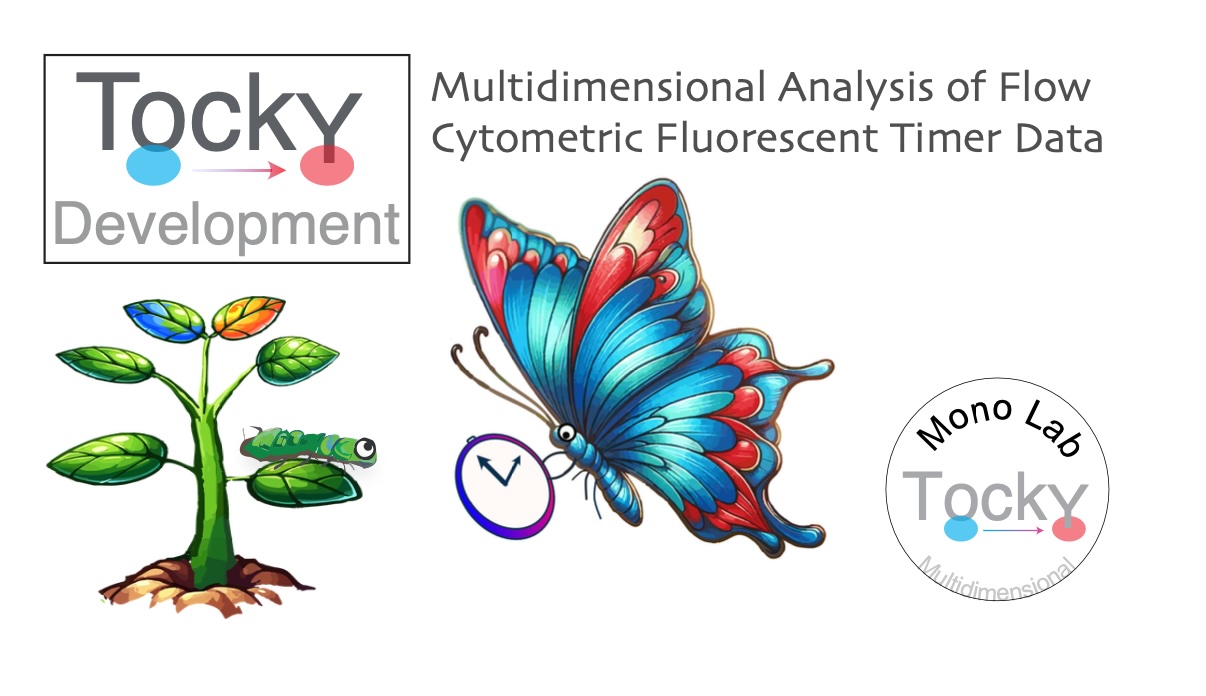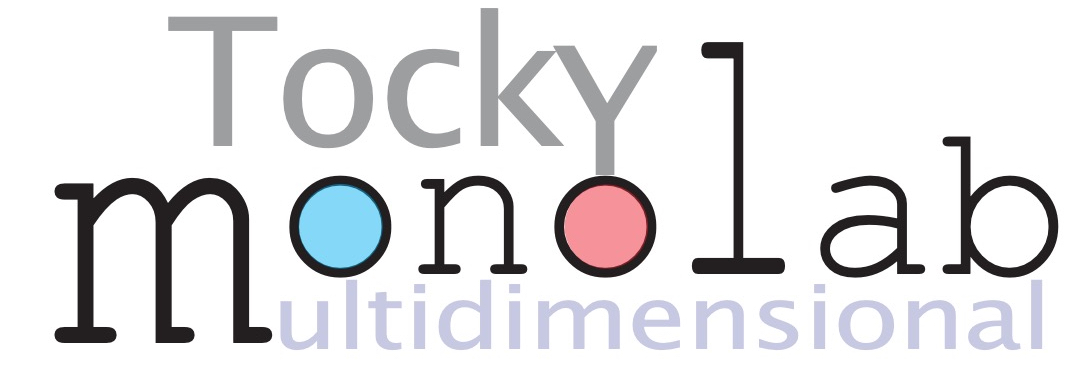Introduction to TockyDevelopment
Dr. Masahiro Ono
2024-06-20
Source:vignettes/multidimensionalTocky.Rmd
multidimensionalTocky.Rmd

Introduction
The TockyDevelopment package (Ono & Crompton (2024)) provides an integrated workflow for studies in developmental cell biology and related areas, including thymus biology. It enables balanced analysis of multidimensional marker expression data (marker profiles) and Timer fluorescence, revealing temporal dynamics of developing cells and identifying temporal developmental trajectories in a data-oriented manner.
Read our paper here
In this vignette, we will guide you through the key steps of the TockyDevelopment analysis pipeline:
- Data Preprocessing
- Precision PCA and Clustering
- Cluster Feature Analysis and Group Statistics
- Tocky Canonical Correspondence Analysis (Tocky-CCA)
- Tocky Network Analysis
- Dijkstra-Tocky Pathfinding
1. Data preprocessing
Follow manual pages for the TockyPrep package to
create a TockyPrepData object, performing necessary data preprocessing. In addition, use the
GatingTree package to apply
DefineNegatives to determine the threshold values
for markers to be analyzed.
Read the following papers (Ono (2024a), Ono (2024b)) for the principles of TockyPrep and GatingTree.
For detailed preprocessing steps, refer to the TockyPrep documentation.
2. Precision PCA and Clustering
Performing PCA
Assuming that you have successfully produced TockyPrepData, use
the TockyPCA function to perform Precision PCA:
# Perform Precision PCA on the TockyPrepData object
x <- TockyPCA(x)
Clustering Cells
Cluster the cells using TockyClustering:
# Cluster cells into a desired number of clusters
x <- TockyClustering(x, num_centre = TRUE)
Visualizing Clustering Results
# Plot clusters in the PCA space
PlotTockyClustering(x)
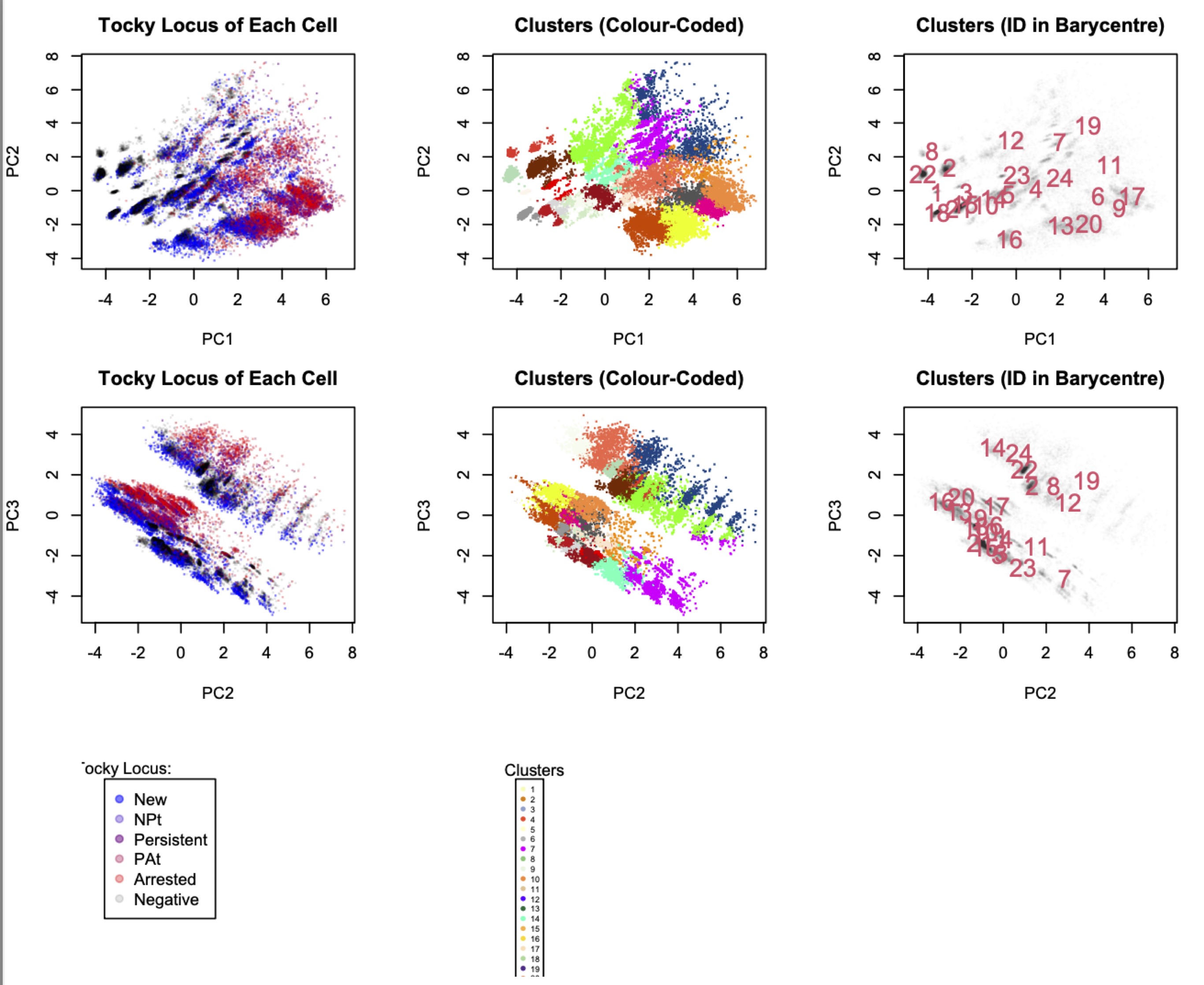
Figure 1: Clustering results displayed in the PCA space.
3. Cluster Feature Analysis and Group Statistics
Analyze cluster features and group statistics to understand the characteristics of each cluster.
Visualizing Cluster Percentages
# Plot the percentage of each cluster within the sample
PlotClusterPercentage(x)

Figure 2: Percentage of cells in each cluster.
4. Tocky Canonical Correspondence Analysis
Perform Tocky-CCA to integrate marker profiles and Timer progression.
Performing Tocky-CCA
# Perform Tocky-CCA on the data
x <- TockyCCA(x)
Visualizing Tocky-CCA Results
# Generate a biplot of Tocky-CCA results
BiplotCCA(x)
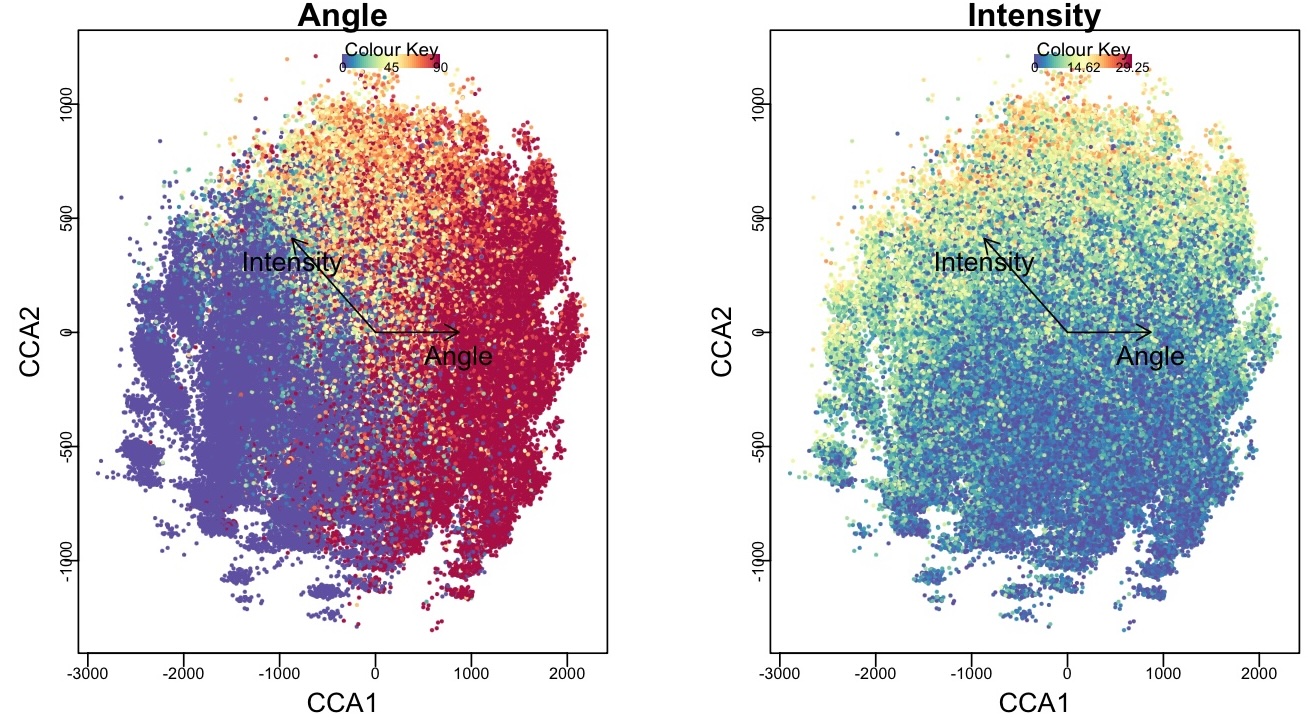
Figure 3: Biplot of Tocky-CCA results.
5. Tocky Network Analysis
Construct and visualize the Tocky network to analyze relationships between clusters.
Constructing the Network
# Construct the Tocky network
x <- TockyNetwork(x, cut_off = 0.2)
Visualizing the Network
# Plot the Tocky network
PlotTockyNetwork(x)
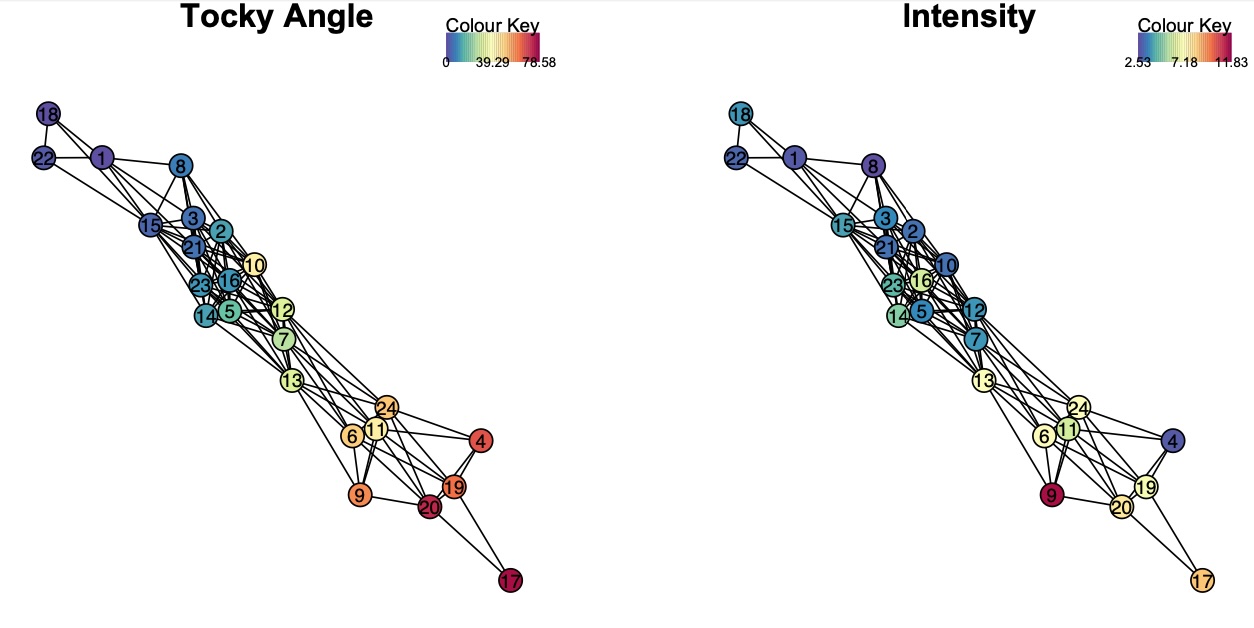
Figure 4: Visualization of the Tocky network.
6. Dijkstra-Tocky Pathfinding
Identify developmental trajectories using the Dijkstra-Tocky Pathfinding algorithm.
Finding Developmental Paths
# Perform pathfinding between specified clusters
x <- DijkstraTockyPath(x, origin_node = '18', destination_node = '19')
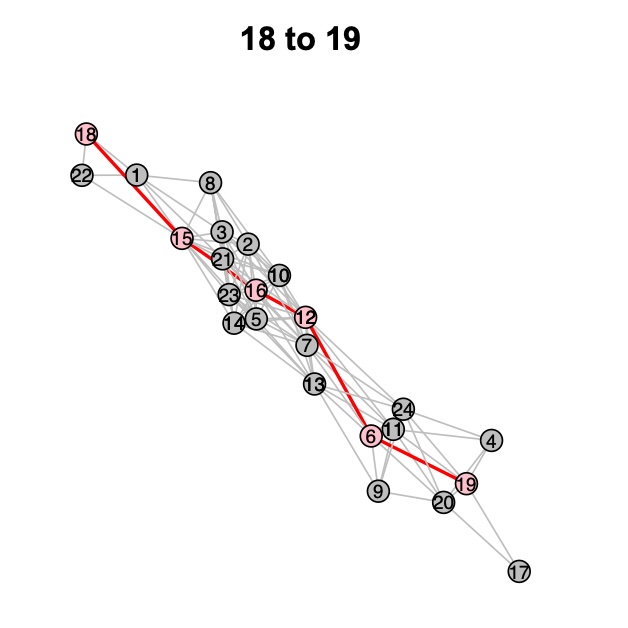
Figure 5: Identified developmental path from Cluster 18 to Cluster 19.
